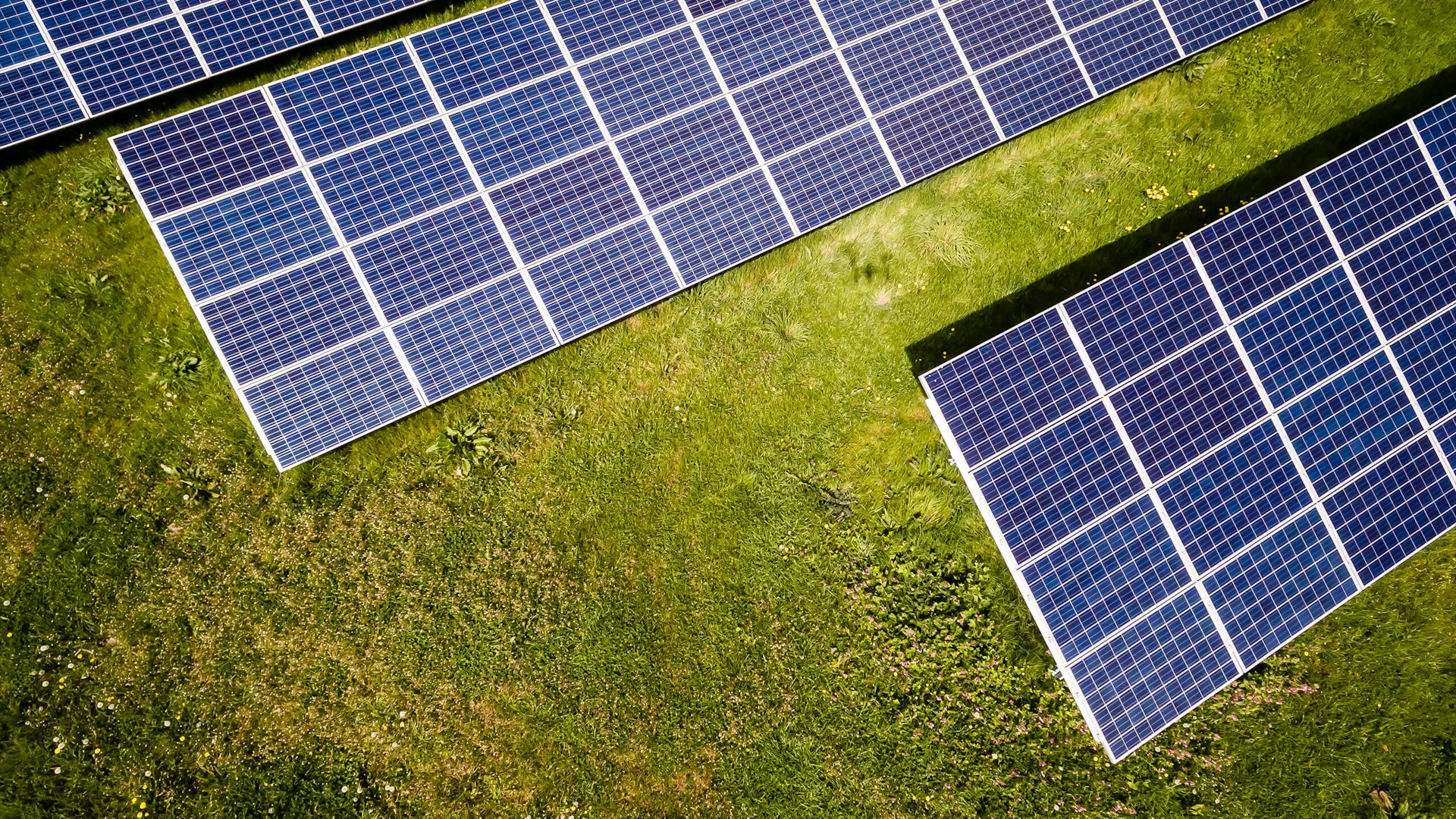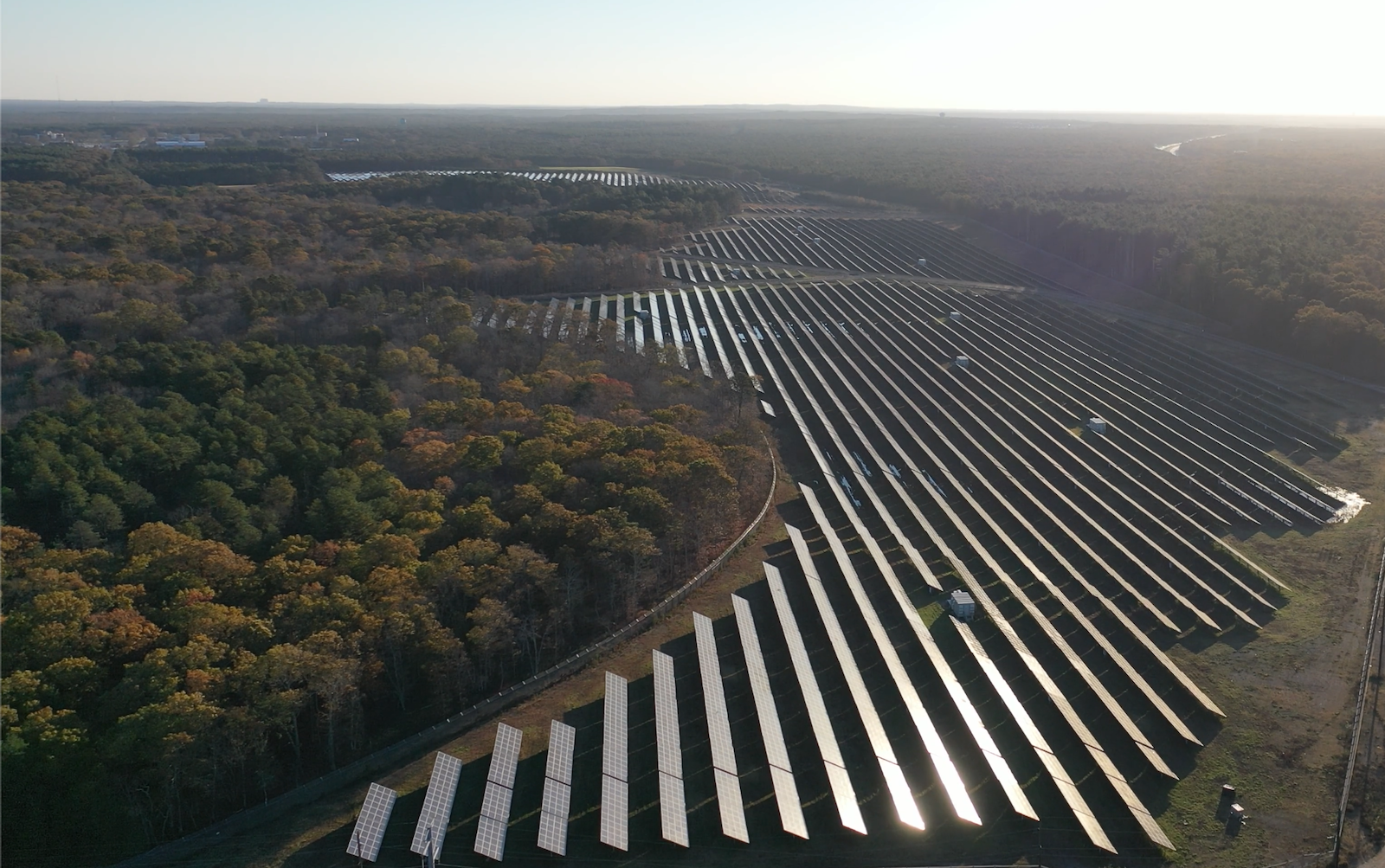Frequently Asked Questions

General FAQs
ENGIE North America develops, constructs, operates, and owns renewable and thermal energy projects throughout the continental United States and Canada. We have decades of experience providing customized energy solutions while creating jobs, economic opportunities, and trusted community partnerships along the way. To learn more about ENGIE, please visit our website.
The Empire Prairie Project is being developed in Northwest Missouri across Gentry, DeKalb, and Andrew Counties and has the potential to deliver 400MW of wind and 400MW of solar energy into the region’s power grid.
At ENGIE, we have a safety-first policy that extends to every project we build. Our permitting and compliance process ensures that all local, state, and federal regulations are met and that the project will be suited to the local environment. Although it is extremely unlikely that a serious event will happen at the project site, we do have a comprehensive emergency management plan, which ensures that safety personnel are trained and able to respond appropriately.
Demand for wind and solar energy has grown dramatically over the past decade. Advances in these technologies have translated into falling costs, making them the least costly option for new generation facilities to meet the growing demand for electricity in many parts of the U.S. and Canada. Wind and solar energy are clean, affordable, domestic sources of power generation and important components of a secure energy future.
The power from the Empire Prairie Project will be delivered into the local Missouri electrical grid, helping to strengthen and diversify Missouri’s energy portfolio.
The Empire Prairie Project would help keep energy affordable by supplying low-cost clean energy to the power grid. Wind and solar power also have the benefit of producing electricity during the times of day when demand and power costs are the highest. On a mid-summer afternoon, for example, when homes and businesses are running air conditioners at full power, a solar facility is also generating electricity at full power, which helps close the gap between electricity supply and electricity demand. This has the effect of lowering electricity costs across the board.
Solar FAQs
Utility-scale solar projects are a collection of solar panels situated on posts or platforms above the ground at a low angle to collect the maximum amount of energy from the sun. Due to the natural vegetation and topography of the Empire Prairie Solar site, the project will be blended into the surrounding environment, allowing for maximum energy generation with minimal visual impact.
Solar panels are able to function year round. Even on cloudy or snowy days, solar panels can continue generating electricity. Sunny cold weather is actually an ideal condition for solar panels to perform optimally. A light dusting of snow has little impact on the panels and can be easily blown off by the wind. Because panels track the path of the sun over the course of a day, snow will also slide off of panels over time, cleaning the panel as it melts and slides off. After heavier snowfall, panels will be cleared by facility employees.
By capturing solar energy through solar panels, we are able to generate clean energy that does not produce any greenhouse gases or pollution. Solar energy gives us a safer, more environmentally friendly alternative to traditional forms of energy generation while diversifying our grid to prevent power shortages. In today’s modern era, we have an ever-increasing need for reliable, affordable power. Luckily, the energy from the sun is the most abundant energy source on the planet! The Empire Prairie Solar project will generate clean energy needed to secure a safe and energized future for Northwestern Missouri.
Solar energy projects bring a multitude of benefits to the communities in which they are situated. These projects have a significant positive impact on the local economy due to the infusion of millions of new dollars of tax revenue. This tax revenue enables improvements to local schools, infrastructure, and public services.
Solar energy projects provide energy security and prevent power shortages that cause brownouts and blackouts. This source of energy diversifies the grid, allowing consumers to enjoy more affordable, reliable, domestic energy without interruption.
Landowners also enjoy benefits from participating in solar projects. By leasing a portion of their land, they are able to receive lease payments that help diversify their in come and protect their land for future generations.
Last but not least, solar energy projects contribute to cleaner air and water in the region by contributing energy that does not produce any greenhouse gases or pollution.
Solar energy provides reliable, long-term benefits for communities, landowners, and the environment. By generating electricity from the sun, solar projects reduce dependence on foreign fuels, lower greenhouse gas emissions, and help stabilize energy costs. They also create local jobs during construction, generate steady tax revenue to support schools and public services, and provide landowners with consistent lease income. With minimal water use and quiet operation, solar is one of the cleanest and most sustainable energy sources available today.
Every ENGIE project is accompanied by a decommissioning plan that is funded by an irrevocable form of financial security. At the end of a solar facility’s useful life, estimated to be about 30-35 years on average, panels can be removed and recycled. Recycling programs are being developed that are expected to recover about 90% of the materials used in the panels, much of which is glass.
Wind FAQs
Wind turbines stand sleek and tall on the horizon while having a small footprint on land. This small footprint enables farming to continue while providing a weather-proof source of income. We carefully consider setback boundaries as we design every project and have the utmost consideration for our landowners throughout the process.
Wind turbines contain impressive internal equipment that allows for the collection and transmission of electricity. Modern wind turbines are also equipped with Aircraft Detection Lighting Systems (ADLS), which notify nearby aircraft of their presence. The red flashing lights on wind turbines at night are to signal to aircraft that there are turbines ahead. ADLS can be programmed to flash only briefly when an aircraft approaching.
Wind turbines are able to function year-round. Due to their altitude and thoughtful placement based on wind resources, wind turbines are able to capture wind even on calmer days. Wind, direction, speed, and strength are constantly changing, which explains why some turbines rotate while others remain idle. Wind turbines are also able to be engineered for cold climates and can function properly at temperatures all the way down to-22° Fahrenheit
Wind energy is able to provide a stable, domestic supply of electricity, bringing communities greater energy independence and more affordable energy prices. The Empire Prairie Wind Project will be located on sites chosen expressly for their excellent wind resources. This will allow up to 400MW of wind energy to be collected and distributed to the grid. Diversifying our energy sources will strengthen local communities and infuse millions of dollars of new tax revenue into the region.
Landowners benefit from wind projects by leasing their land for steady lease payments, diversifying their income, and preserving their land for future generations.
Wind energy also promotes cleaner air and water by generating power without greenhouse gases or pollution.
At the end of a wind turbine’s useful life—estimated to be about 20-25 years on average—the turbine is disassembled by removing the blades, tower, foundation, and other components. The site is restored to its original condition, and most parts are able to be recycled. In fact, around 96% of a wind turbine is made from recyclable material that can be re-used in the manufacturing of metals, plastics and glass. Every ENGIE project is accompanied by a decommissioning plan that is funded by an irrevocable form of financial security to cover decommissioning costs.
Still have questions?
Reach out to us through our contact form.
ENGIE North America
Through responsible project development, the projects respect the legacy of agricultural land in the three-county area. We will endeavor to include soil enrichment and pollinator habitat enhancement techniques throughout the projects’ life.
Safety is ENGIE's top priority, and we are proud of our record of safely constructing and operating facilities.
Want to learn more about the projects? Check out our Resources page!


